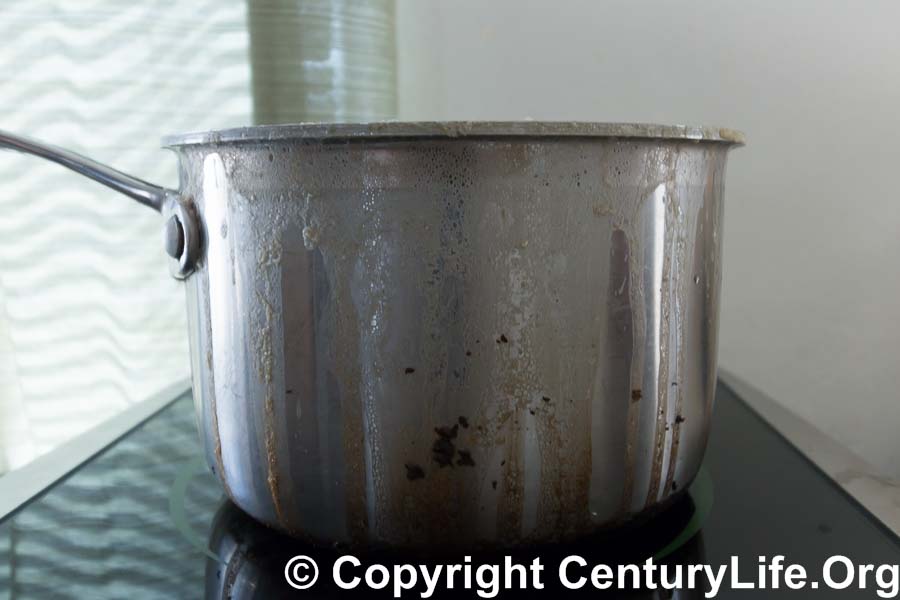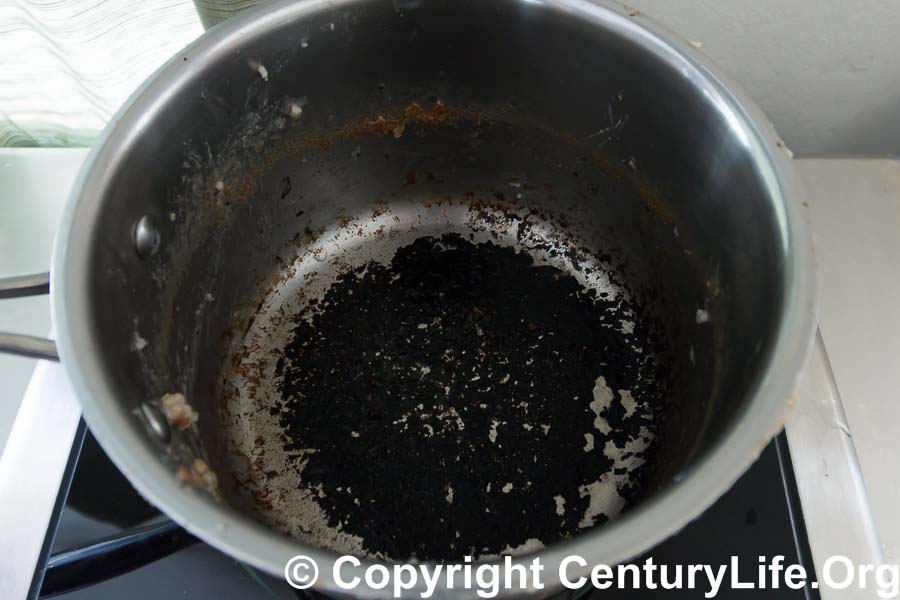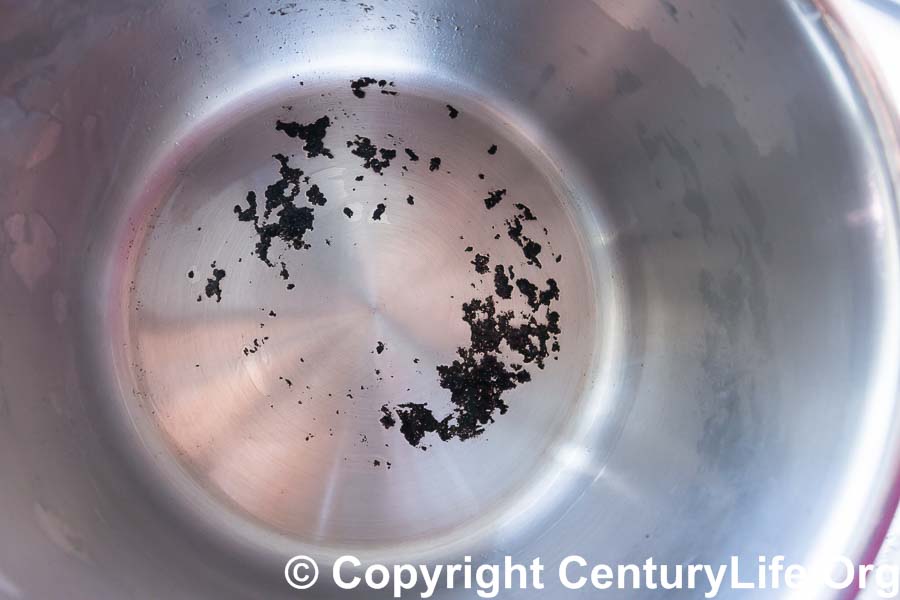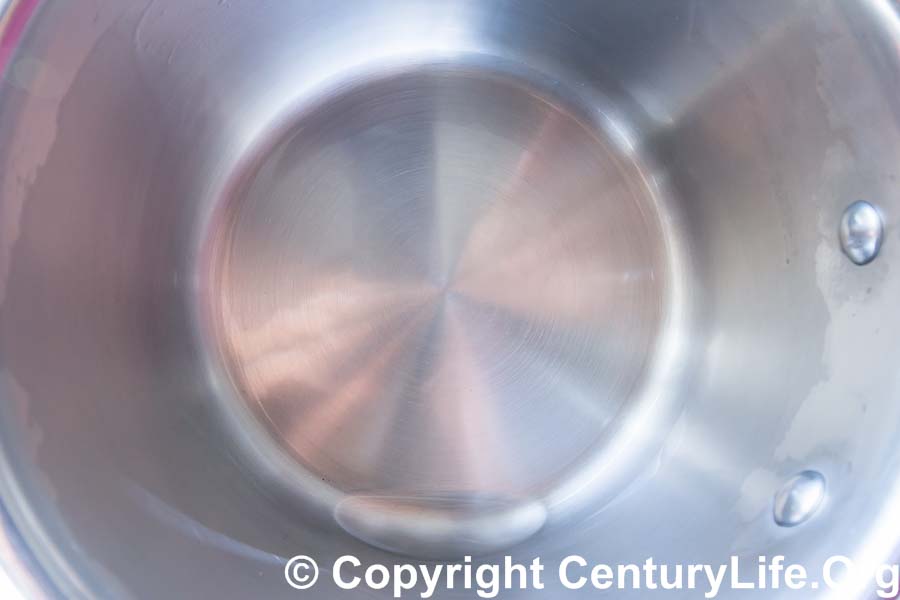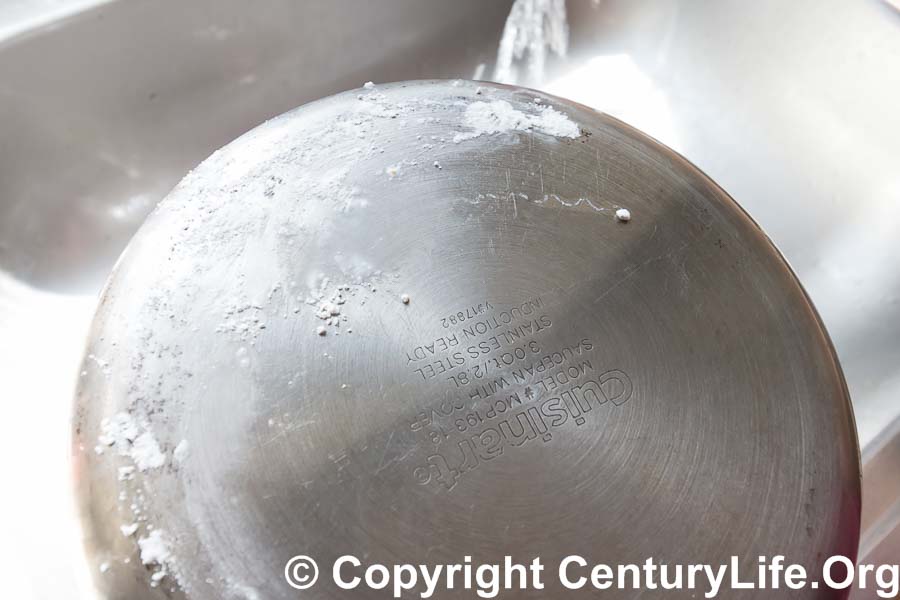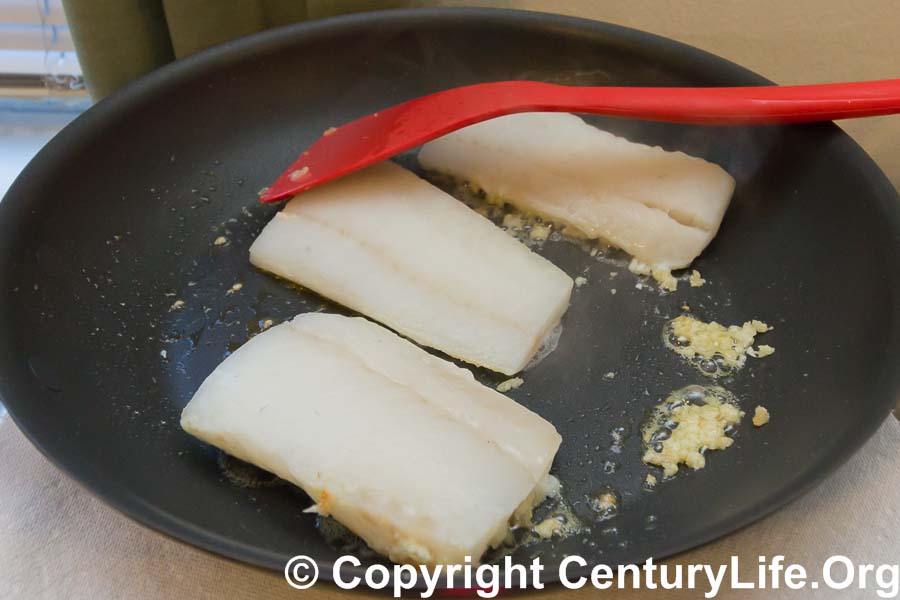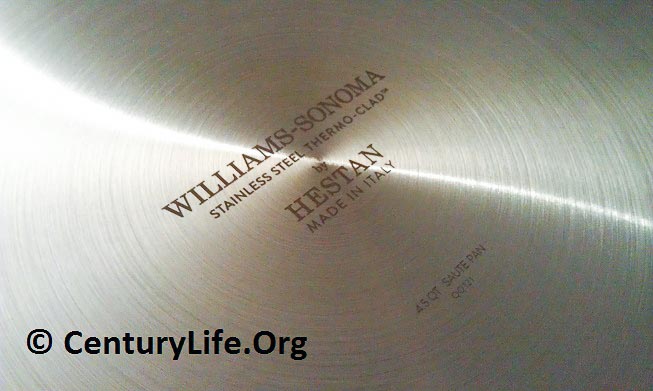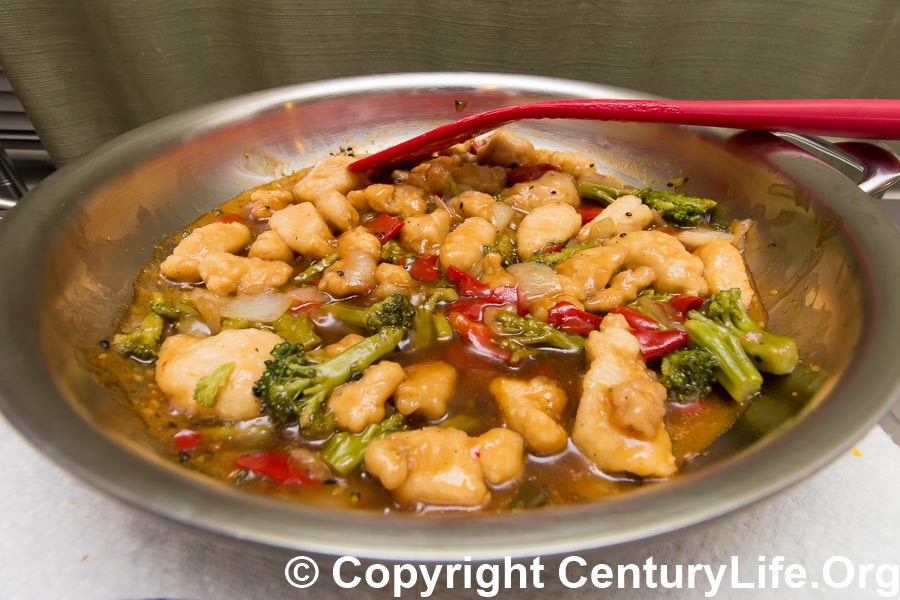
THE COMPANY
Demeyere (pronounced Deh-MAI-reh) is a Belgian company founded in 1908 as a family business. 100 years later, the family sold the company to Zwilling J. A. Henckels (itself owned by the Werhahn Group, a German family investment firm that also owns Staub and other high-end brands).
Demeyere is an offbeat cookware company. Imagine an uncle who loves cooking. Imagine he wins the lottery and decides to build the ultimate set of cookware for himself, regardless of cost, such that he will never even think of buying any more cookware afterwards. Imagine that he loves the results so much that he shares them with the world. That’s pretty much Demeyere in a nutshell: superb–likely the last pan you will ever want to buy.
Here is Demeyere’s video about Demeyere Proline skillets, explaining the skillet’s 3-layer magnetic stainless base and how it’s more responsive to induction than most other pans:
If you’ve never cooked on stainless before, here’s a video showing you how to cook on stainless (though the take-off-the-burner-with-lid trick is only applicable to Demeyere’s extra-thick pans; for other pans that don’t hold as much heat, you will probably have to keep cooking on the burner):


